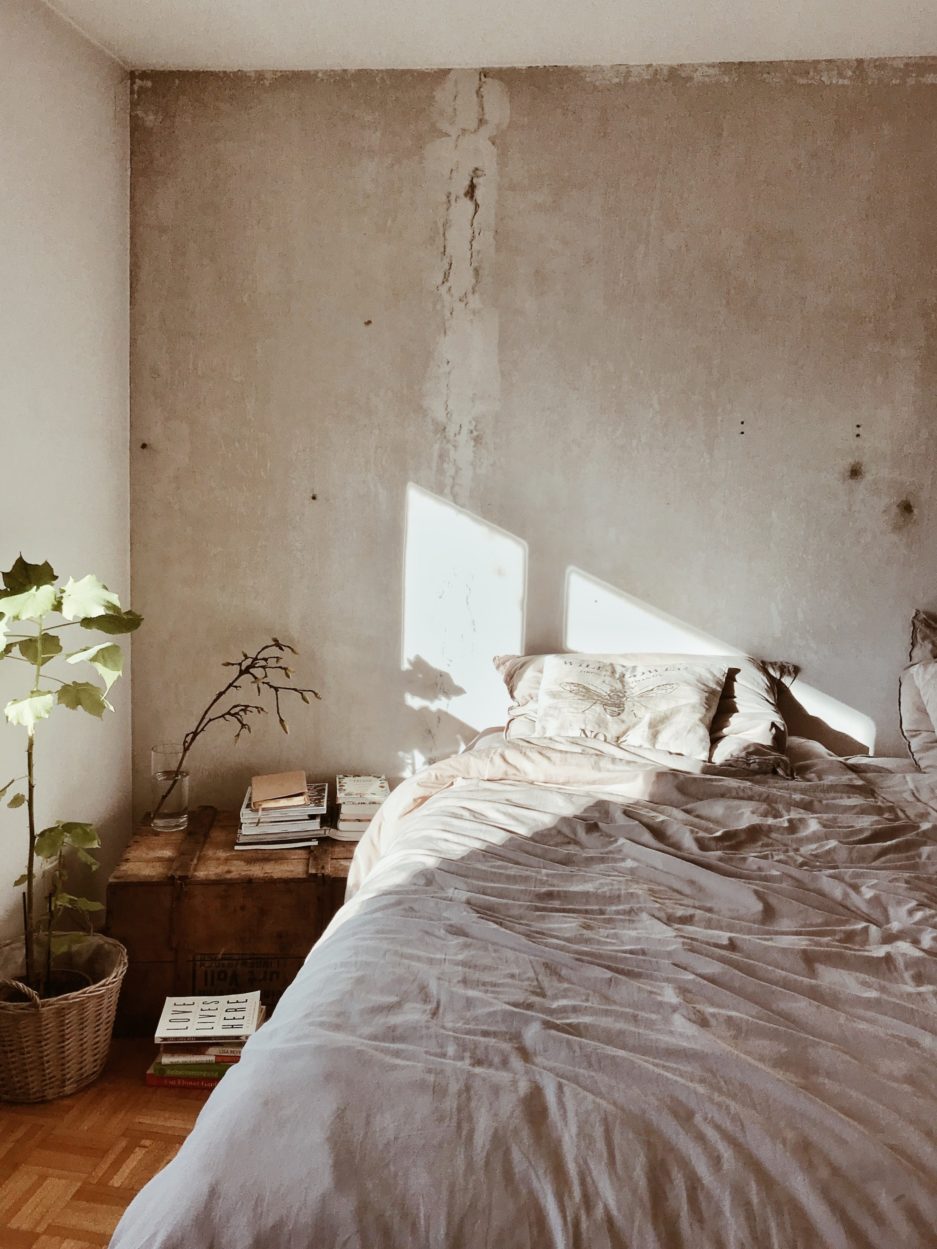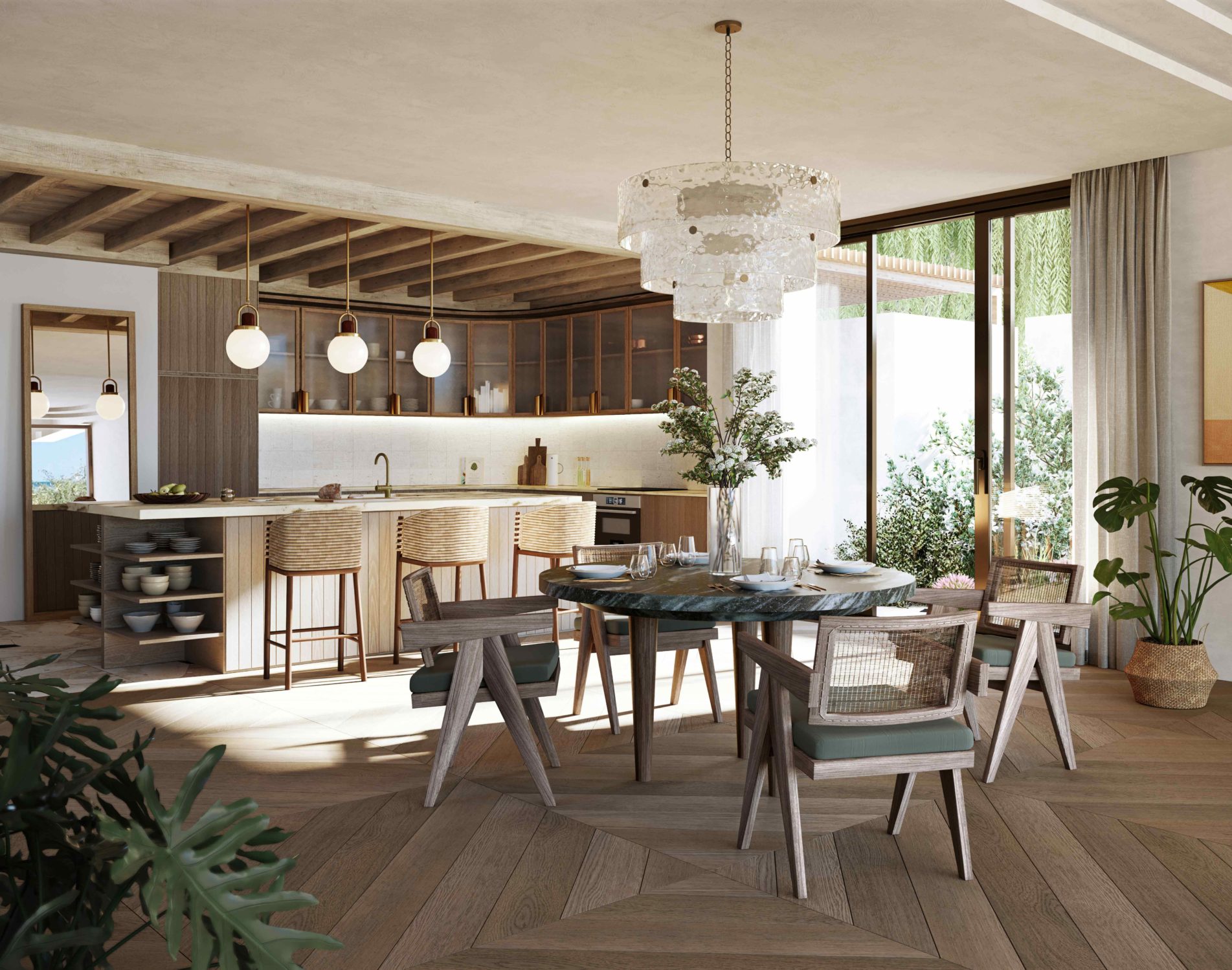Albeit an entirely different subject matter, this has to be a territory for discussion in the world of architectural visualisation given it’s at the very heart of what we do – I mean, we’ve been manipulating reality for years right!? So it got me wondering, is this push for a more real, unedited aesthetic online something that could creep in to real estate marketing? I think it might do and here’s why….
There is nothing glamorous about an unkempt bedroom, clothes scattered on the floor and the bed unmade, it’s not particularly inspiring and it’s not aspirational – right? For years in our industry, we’ve been chasing perfection, we have been creating environments where there is not a blade of grass out of place, not a leaf on the ground or a mark on the wall. It’s beautiful and perfect, but let’s be honest it isn’t realistic. So ironically, in our never-ending quest to produce content that’s indistinguishable from photography and film, actually what we’ve created is something that is so perfect it’s perhaps impossible to buy into.
“How can you expect the people of Manchester to look at this and resonate?” a fair challenge from our client Martyn Evans, Creative Chief at U+I when explaining that in Manchester it regularly rains, there may well be graffiti on the walls and that’s okay – in fact it’s not only okay its expected and it’s what makes the city their own. So he’s right to challenge whether the local community could connect with a gloriously sunny CGI of U+I’s new district Mayfield, where we didn’t have a leaf out of place or mark on the walls.


